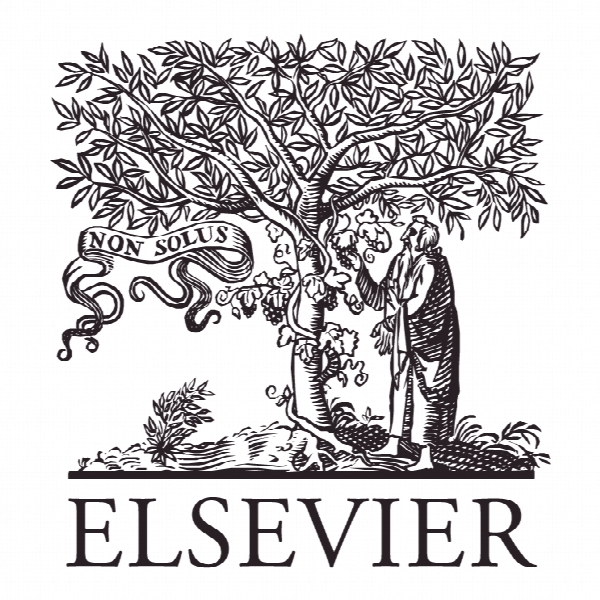اثر خصومت اقتصادی بر نزادپرستی مصرف کننده و تصاویر محصول کشور. یک مطالعه دو ملیتی بر ادراک آلمان در طول بحران یورو Effect of economic animosity on consumer ethnocentrism and product-country images. A binational study on perception of Germany during the Euro crisis
- نوع فایل : کتاب
- زبان : انگلیسی
- ناشر : Elsevier
- چاپ و سال / کشور: 2017
توضیحات
رشته های مرتبط مدیریت
گرایش های مرتبط مدیریت بحران
مجله مدیریت اروپایی – European Management Journal
دانشگاه Sannio، ایتالیا
نشریه نشریه الزویر
گرایش های مرتبط مدیریت بحران
مجله مدیریت اروپایی – European Management Journal
دانشگاه Sannio، ایتالیا
نشریه نشریه الزویر
Description
1. Theory and hypotheses The conceptual foundations of the proposed theoretical model and the related hypotheses (Fig. 1) are drawn from three different research streams: consumer animosity (Ang et al., 2002; Huang, Phau, & Lin, 2010; Klein & Ettensoe, 1999; Klein et al., 1998; Klein, 2002), consumer ethnocentrism (CET) (Fernandez-Ferrín, Bande-Vilela, Klein, & Río-Araújo, 2015; Klein, 2002; Shankarmahesh, 2006; Sharma, 2014; Shimp & Sharma, 1987) and productcountry images (Knight & Calantone, 2000; Laroche, Papadopoulos, Heslop, & Mourali, 2005; Martin & Eroglu, 1993; Papadopoulos, Elliot, & De Nisco, 2013; Verlegh & Steenkamp, 1999). Building on a review of relevant literature related to each of the selected research streams, the most robust constructs were assessed and a choice was made based on their theoretical relevance and expected predictive validity for the object of this study. Therefore, from a structural standpoint, the conceptual model is divided into five categories of construct: a) situational economic animosity, resulting from feelings of economic dominance or aggression among the population of a nation towards a hostile country (Nijssen & Douglas, 2004) and related to temporary economic events (Ang et al., 2002); b) consumer ethnocentrism (CET), operationalized as a “broader concept that encompasses consumer ethnocentrism together with attitudes towards trade protection, restriction of foreign investment, restriction on the immigration of workers, and restriction of foreign firms and intellectual property” (Balabanis, Diamantopoulos, Mueller, & Melewar, 2001, p. 162); c) general country image, defined as “a generic construct consisting of generalized images created not only by representative products but also by the degree of economic and political maturity, historical events and relationships, culture and traditions, and the degree of technological virtuosity and industrialization” (Roth & Diamantopoulos, 2009, p. 727) and identified through both a cognitive dimension (related to the level of economic, industrial and technological development) and an affective dimension (related to the emotional features and the beliefs towards the population); d) product beliefs, which refer to consumers’ evaluative judgments specific to a country’s products (Laroche et al., 2005); and e) product receptivity, defined as the conscious or unconscious readiness to accept foreign supply systems (Dhar & Kim, 2007). As shown in Fig. 1, the main underlying hypothesis of the proposed model is that situational economic animosity towards a foreign country has a positive effect on consumers’ preference for domestic products (consumer ethnocentrism). Moreover, it is hypothesized that economic animosity and consumer ethnocentrism play a different role in influencing foreign consumers’ perceptions, with the former negatively affecting product receptivity, but not general country image and product beliefs, and the latter playing a negative role on either general country image, product beliefs or product receptivity. Finally, based on the country of origin literature, it is hypothesized that a positive relationship exists between general country image and product beliefs, on the one hand, and product receptivity, on the other hand. The next paragraphs present the conceptual rationale for the proposed relationships.


